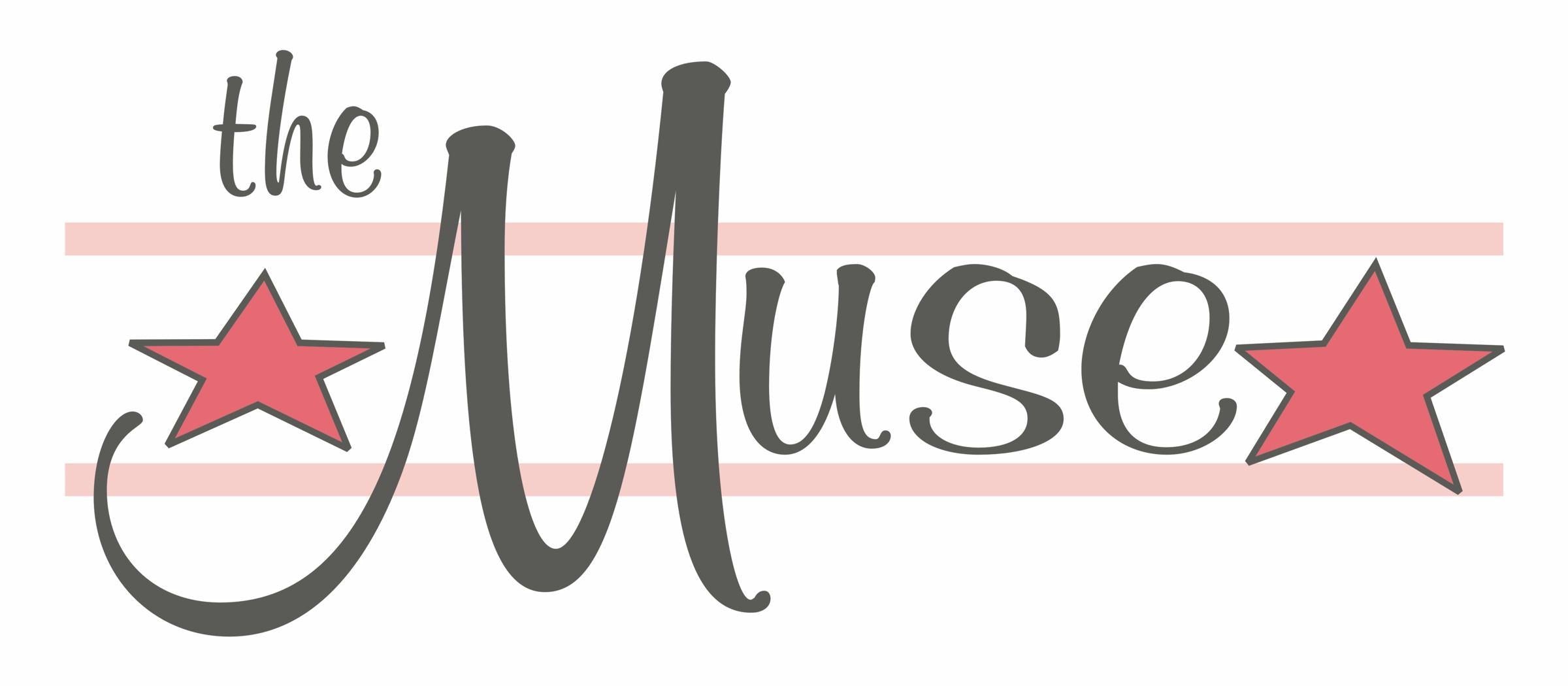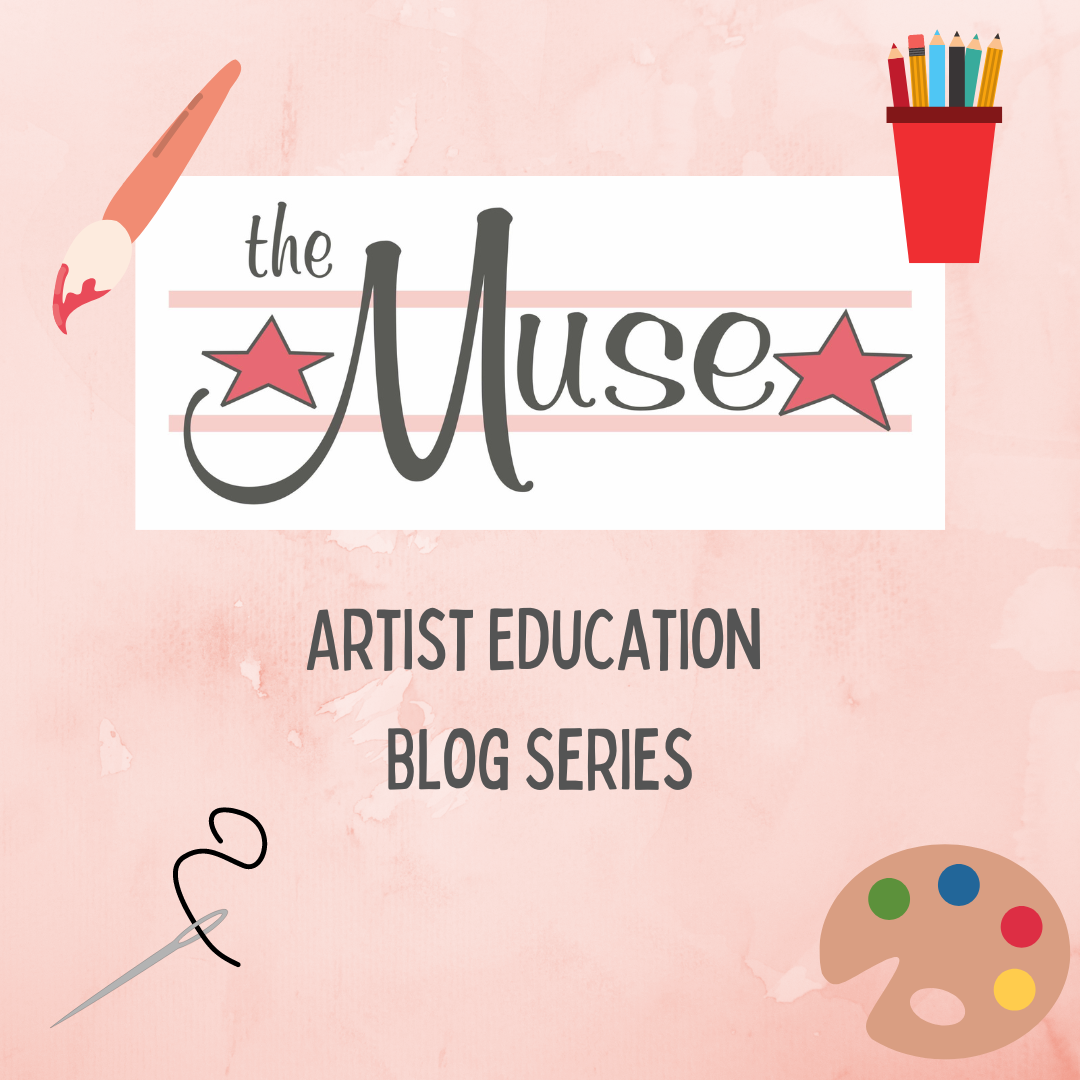Our goal is to support the local arts community, and we’ve noticed that lots of local creators aren’t quite sure how to go about starting their career; how to apply to galleries, how to price their work, etc. So, we’ve decided to launch an artist education blog series! We’ll cover a different topic with each blog, and we’ll share our knowledge gained from years in the arts business to help folks get the information they need to jumpstart their careers. We hope this blog will be a resource for community artists and makers who are ready to take the next step in their creative careers! For our first post, we’ve decided to cover perhaps the most asked question among artists and makers: How do I apply to get my work represented in galleries and retail spaces? We’ll go over a few do’s and don’ts to ensure you’re ready to submit your work!
Approaching a gallery or retailer with the hope of convincing them to show your work can be one of the most stressful aspects of any artist’s career. As artists, we tie a lot of our self-definition and self-worth to our creations, and the idea of sharing it with someone, and of a potential negative reaction, is scary! So, for our first do for applying to arts spaces: Do remember that art is subjective, and that if a gallery or retailer says no to your work, it does not mean that your work isn’t worthwhile. Galleries have different aesthetics, clientele, market demands and inventory needs, and a “no” just means that your work wasn’t right for that space, not that it isn’t valuable or worthwhile as art. On the flipside, do get used to hearing “no”. When applying to galleries, keep in mind that there are far more artists out there than there are available spaces, which means that on a strictly numbers basis, most artists will hear “no” more than “yes”. Likewise, accepting a “no” with grace will do far more to endear you to gallerists and curators than getting upset, pressuring or arguing to get a “yes”. In my experience curating The Muse’s assortment, I fondly remember artists who thank me for my time and accept a rejection with style. Those artists I always keep in mind for the future, in case my inventory needs change. Conversely, the artists who have argued or gotten upset at a rejection I remember for all the wrong reasons. In short, even though rejection hurts, never burn a bridge!
One you’ve come to terms with the idea that you might hear a lot of rejection, when entering the art world the next major do/don’t is: Don’t put your work out there before you’re ready. Once we start creating, we can feel a huge sense of urgency to get our work in front of a wider audience, but there is something to be said for taking your time and crafting a well-presented, cohesive body of work. Do create work that stands out, and present it in a clean, professional manner. While crafting your portfolio, try to adopt a critical eye and really delve into your work’s strengths and opportunities. What makes it unique? What helps differentiate it from the sea of art that’s already out in the world? Find what makes your work stand apart from the crowd and cultivate that. In short, find your voice. Once you’ve developed your body of work, how you present it is just as important. I recommend starting by taking high-quality, well-lit photos of your creations (on a side note, investing in a neutral photo backdrop and a few spotlights is well worth it!), and then narrowing down your portfolio to a roster of 5-10 standout works that complement each other. Curators want to see a collection that makes a strong, unified statement, so try to stick to works that make sense together (ie: utilizing similar colors, materials, textures, aesthetics and themes). As much as we want to highlight our range and versatility as creators, the best thing to do is present a curated, refined point-of-view. Likewise, most gallerists/business owners don’t have time to sift through dozens of pictures, so make sure you cull your portfolio to include just your best pieces. The goal is to make a quick, strong impact with a memorable collection, not show everything you’ve ever created.
To illustrate this point, here’s 3 of my own paintings. Now, while these 3 works show what I do as an artist (Cartoonish pet portraits, figurative work and darkly surreal scenes), do they make sense together? If a curator were to see this, would they be able discern a clear creative vision from these paintings?
Now, what if I showed the curator the three images below instead? With similar colors, aesthetic elements and themes, they show a clear point-of-view and will give the curator a much better idea of what my art is.
Once you’ve got your portfolio created and photographed, do create a written submission packet, including a short resume and pricelist (we’ll be doing a separate blog post on how to price your work!). This will help curators determine your experience level and if your price range will fit in with their market and clientele. Also create a standard cover letter that you can use as a basis when submitting your work to art spaces. A quick Google search will reveal lots of cover letter templates that you can use, and it helps to have a letter ready that you can then tweak depending on the place you’re applying to. Try to keep cover letters brief, and stick to a few key points: introduce yourself, say what kind of work you create and why you think you’d be a good fit for the space, link to your website, and close by thanking the recipient for their time. And, do your best to find out who will be reading your letter and address them in the letter. It’s not a good look to send out a letter to “Dear Sir/Ms” when the curator’s name is readily available on the gallery’s website. And for bonus points, create a logo or letterhead that represents your brand and use it on all your submission materials (If you’re not comfortable designing a logo and paying someone to do it isn’t in the budget, try websites like Canva. They have lots of free options and are very easy to use). I always remember artists who went the extra mile and created a branded image. Lastly, and I cannot stress this enough, create a social media account for your work and link to it in your submission! These days, the world is online, and as a curator I love being able to pop onto social media to get a quick overview of an artist’s work. Of all the social media platforms, I recommend Instagram as it lends itself very well to visual media, and I use it all the time to source new talent.
Kellie Ketron, aka Sally Forth Supply Co., is an example of an artist who does a great job of crafting a branded image. Her fabric choices, item functionality, photography and logo all communicate a clear and professional vision. Here’s a few of her portfolio images so you can get some inspiration!
Ok, so your portfolio is ready, what’s next on our journey towards gallery representation? Our next do is: do research which arts spaces will be best for your work. As artists, I think that we can be tempted to throw our work at any opportunity that comes our way, but it is important to think carefully about which opportunities we are applying for, and remember that not every one is right for us. And, we don’t want to waste both our, and the curator’s, time by applying to a venue that just isn’t a good fit for us. So, take the time to research galleries, retailers and other arts venues that fit your aesthetic, mission and niche. Trust me, there is a space out there for every artist! Again, I recommend Instagram to aid you in your search: find an artist whose work is similar, follow them, find out which galleries/retailers they follow, then follow them, and so on. Another way to know if your work is a good fit for a space is to get out there and visit the space. Attend openings and other events being held by the venue, and see for yourself if your work is a good fit. Curators will appreciate that you’ve done your research and put a lot of consideration into your choice.
And for our last, and perhaps most important do/don’t : One you’ve selected the space you’d like to apply to, do your research and find out what their artist submission policy is, and don’t disregard that policy. Whether it’s a traditional gallery, a retail space like The Muse, or a community arts center, every venue will have their own set of rules for whether and how they accept artist/maker submissions. These days, most places will have their submission policy listed on their websites, but if you are unable to locate it, a polite email or phone call asking if they accept unsolicited submissions, and how, is a good next step. Most arts spaces have a policy that enables them to streamline and catalog submissions in an efficient manner, and it’s important to stay within that framework so that you can show your portfolio in the best light, and also, again, to avoid burning a bridge. Nothing upsets a busy curator more than having to field a submission that arrives outside of their preferred channels. And on that note, if there is one near-universal don’t in the arts/crafts world, it’s this: don’t attempt to walk in unannounced and submit your work in-person. Curators, gallerists and business owners are extremely busy, and when we’re on the sales floor we’re focused on helping our customers and selling the work of the artists we represent. If an artist drops in and wants to show us their portfolio right then and there, it means we can’t help our customers or promote the work of the artists currently on our walls. It also means we’re distracted, so we’re not giving your portfolio the attention it deserves. So, as much as you want to get your work out there, please don’t walk into a shop or gallery with your portfolio and put someone on the spot, and don’t whip out your phone and make them a captive audience while you scroll through dozens of photos of your work. There are better ways to present yourself and your work in a positive, professional manner!
So there you have it! Our quick guide to the do’s and don’t’s of applying to galleries and arts spaces! We hope you find these tips helpful! Did we miss anything? What tips have you picked up in your career that you’d love to pass on to newer artists? Make sure to tell us in the comments!










